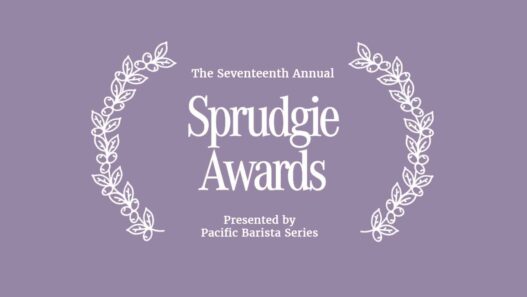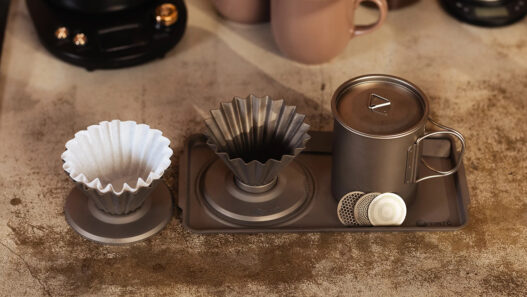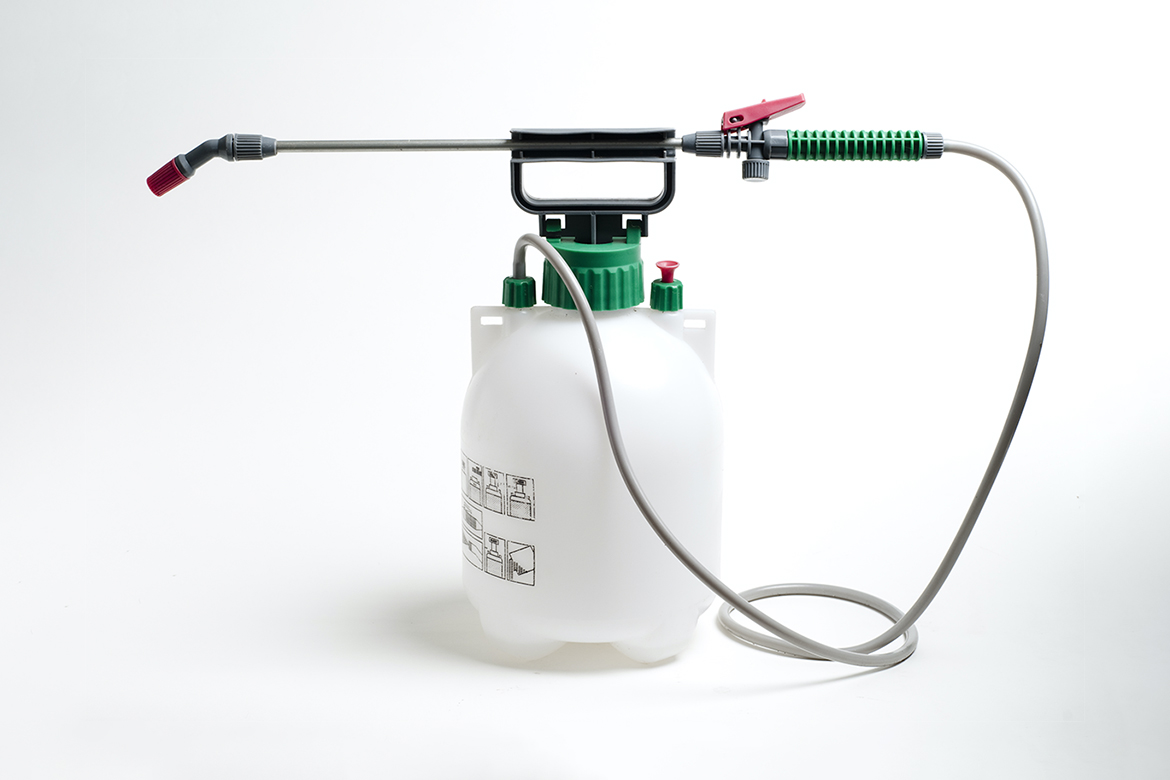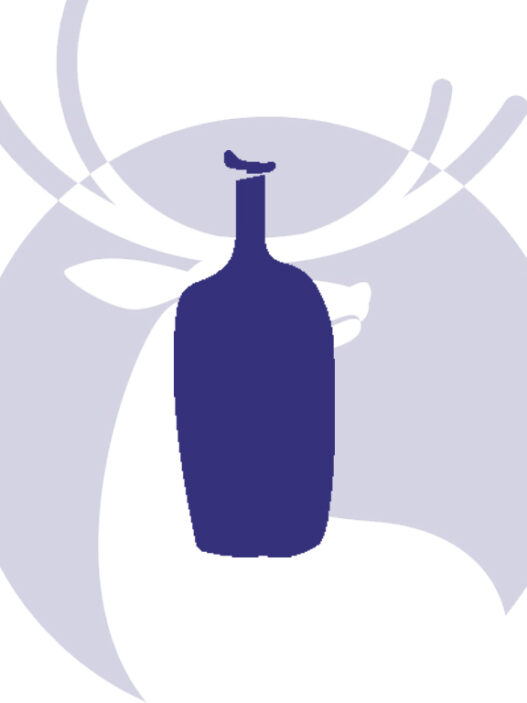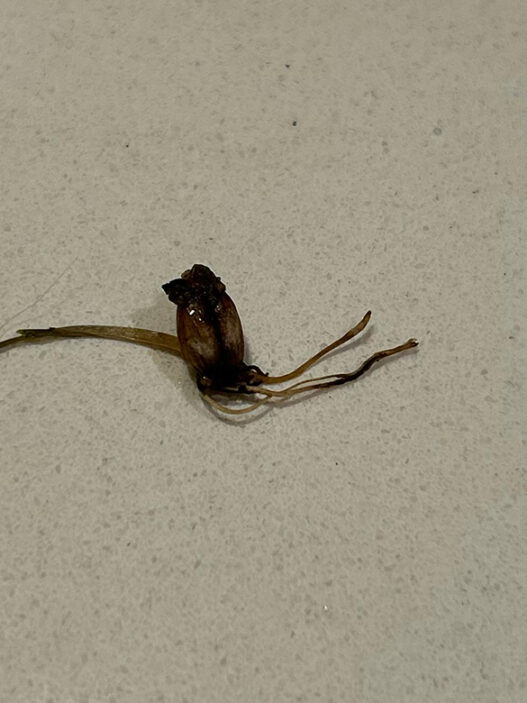Last week we took a bit of a deeper dive into what exactly is Kona coffee and how it came to be one of Hawaii’s most well-known exports. (It’s any arabica coffee grown in a specifically-designation region of Hawaii.) In it we discussed one of the existential threats to coffee growing in Kona and in Hawaii as a whole—and every coffee growing region in the world really—leaf rust. But per US News & World Report, there may be help in that fight just over the horizon, as the US Environmental Protection Agency has approved a fungicide for use on coffee trees to combat roya.
The fungus that causes leaf rust has been a scourge for coffee producers worldwide for nearly a decade now, but until recently had yet to have any impact on Hawaiian coffee growers. Then in October of last year, the first instances of the fungus were found on Maui and the Big Island, with Lanai and Oahu having their first confirmed cases in January of this year.
In March, the Hawaiian Department of Agriculture filed an emergency petition with the EPA on behalf of the state’s coffee growers for use of Priaxor Xemium, a fungicide used for “controlling leafy vegetables, strawberries, tomatoes, soybeans, wheat, and other crops but was not labeled for specific use on coffee plants.” The approval for the petition came through recently, and farmers are now able to use the fungicide for “a year or until its use on coffee plants is added to the product label by the EPA and its producer.”
“Hawaii coffee growers now have an added method to combat the coffee leaf rust, which is extremely difficult to manage,” Hawaii Board of Agriculture Chair Phyllis Shimabukuro-Geiser said. “Other efforts to minimize the damage and spread of coffee leaf rust include quarantines on the movement of coffee plants and associated material, the import of disease-resistant coffee plants and the development of integrated pest management strategies.”
The use of Priaxor Xemium, though, “is not meant to be the magic silver bullet,” Andrea Kawabata of the Department of Tropical Plant and Soil Sciences Office stated in an informational webinar with farmers, but it meant more to protect against the spread of the fungus and further roya development. Nonetheless, the fungicide may prove beneficial in Hawaii’s nascent fight against leaf rust, especially as new, more aggressive variants are being discovered around the world.
Zac Cadwalader is the managing editor at Sprudge Media Network and a staff writer based in Dallas. Read more Zac Cadwalader on Sprudge.




